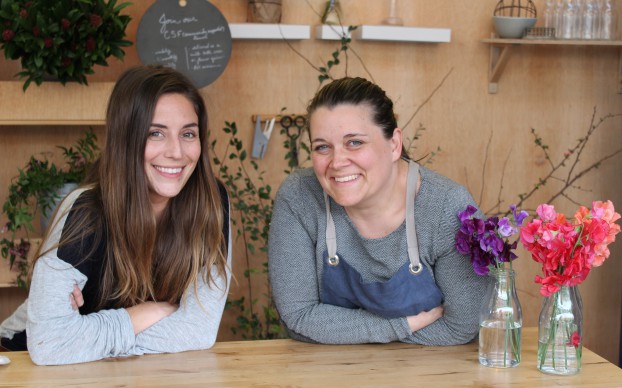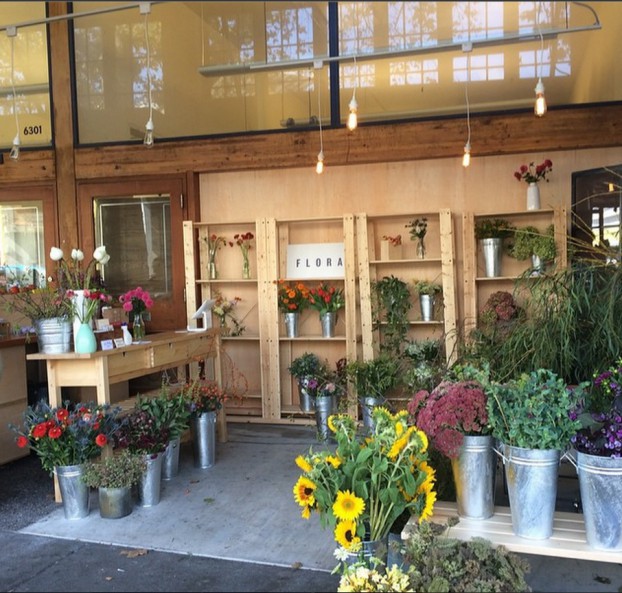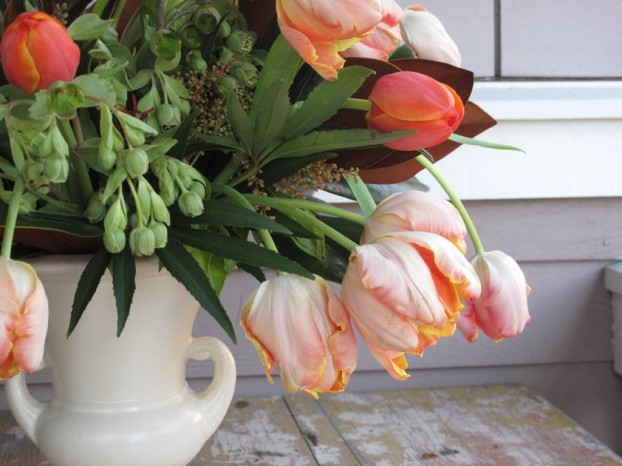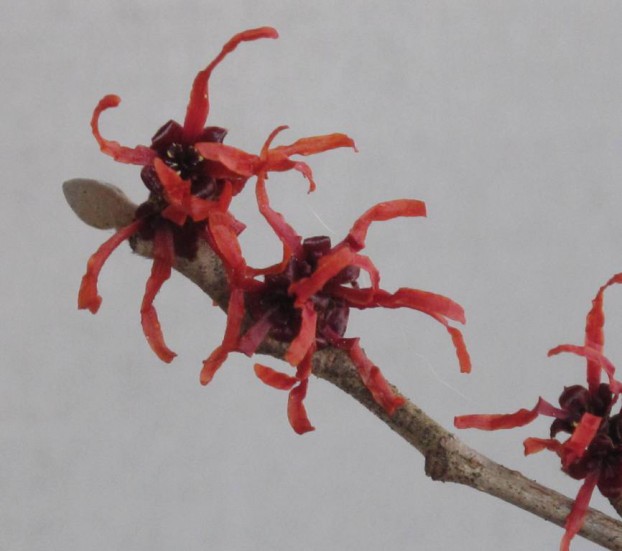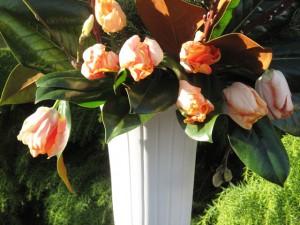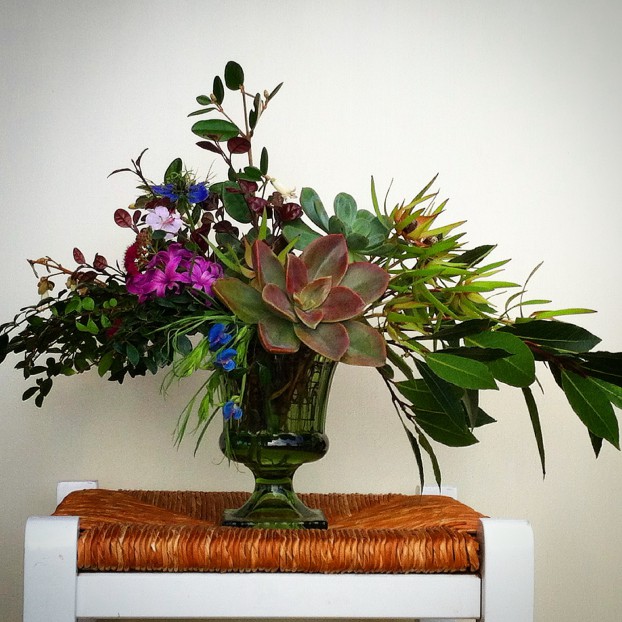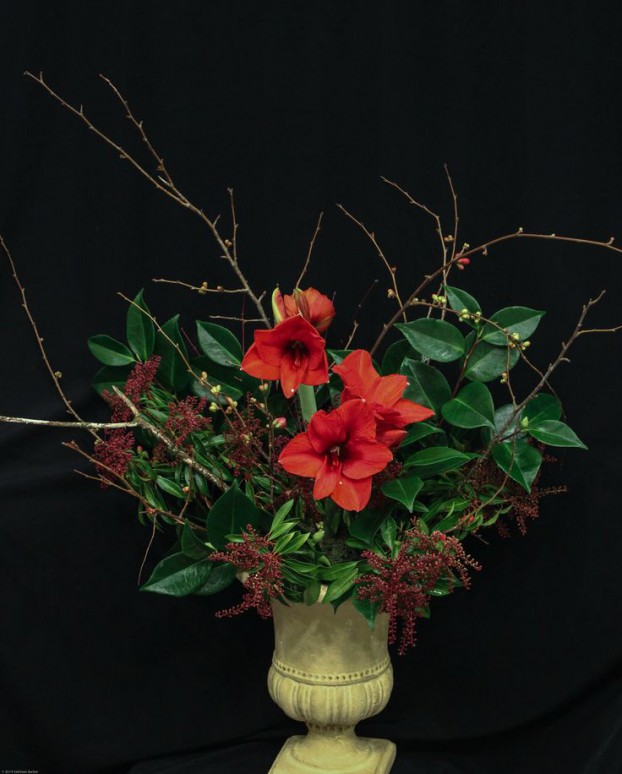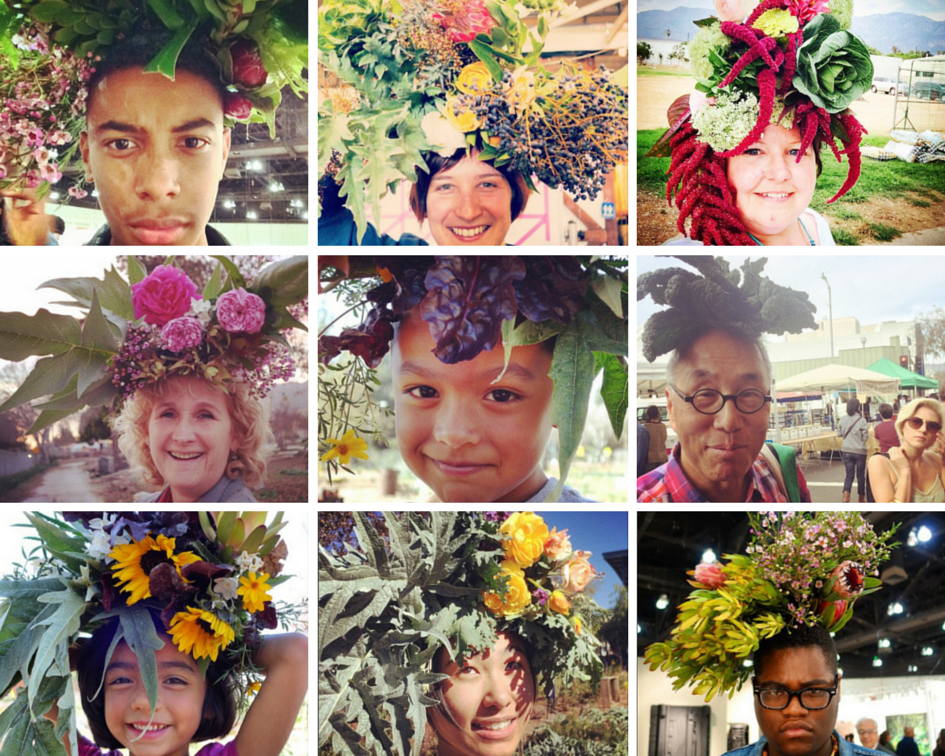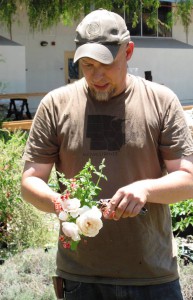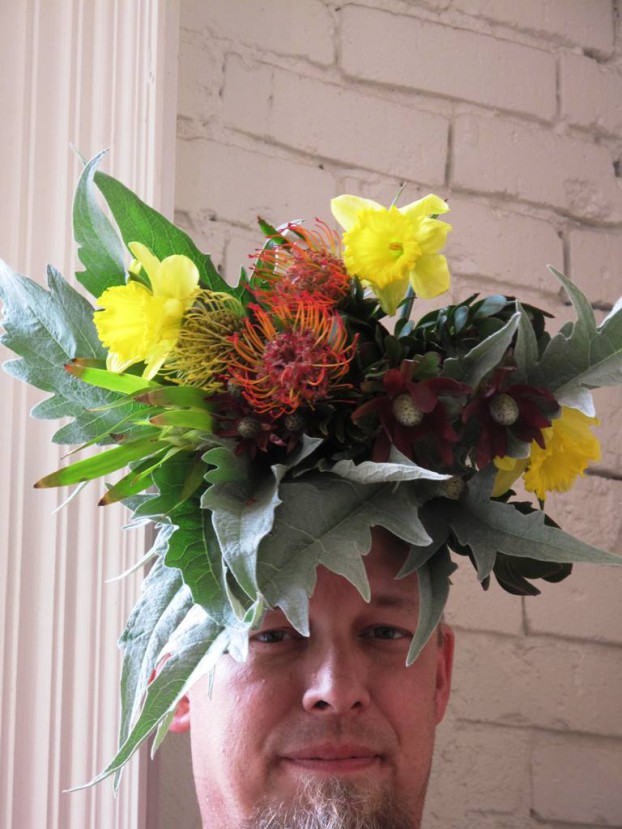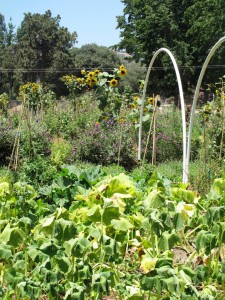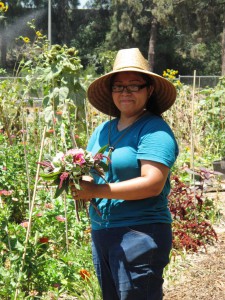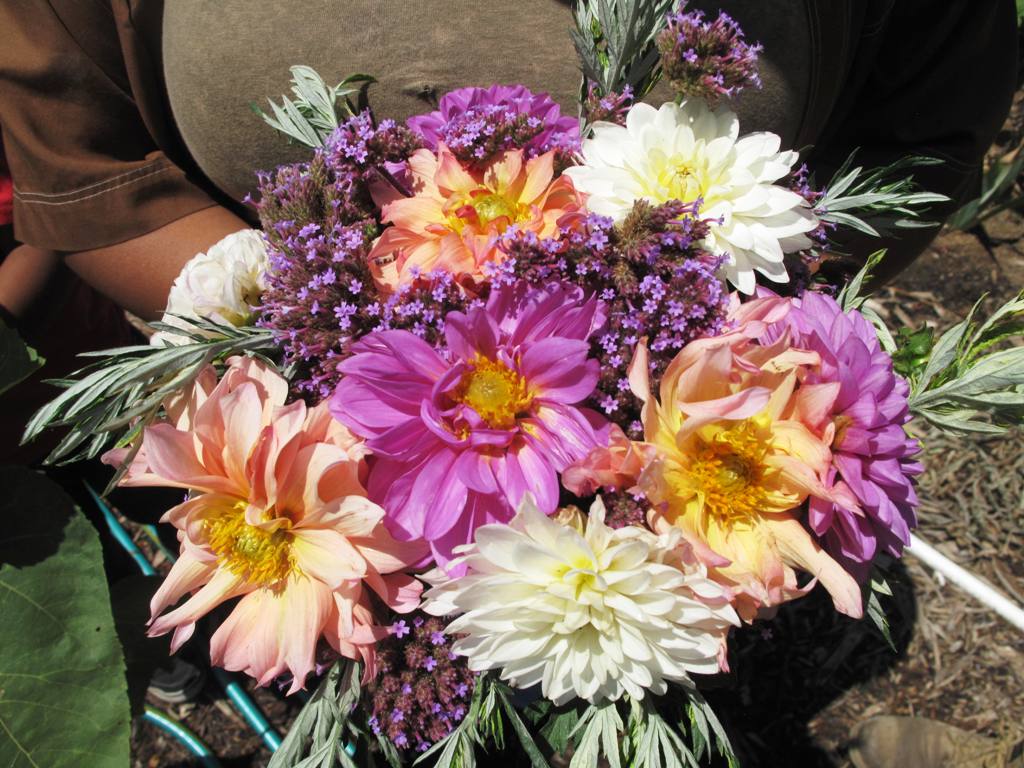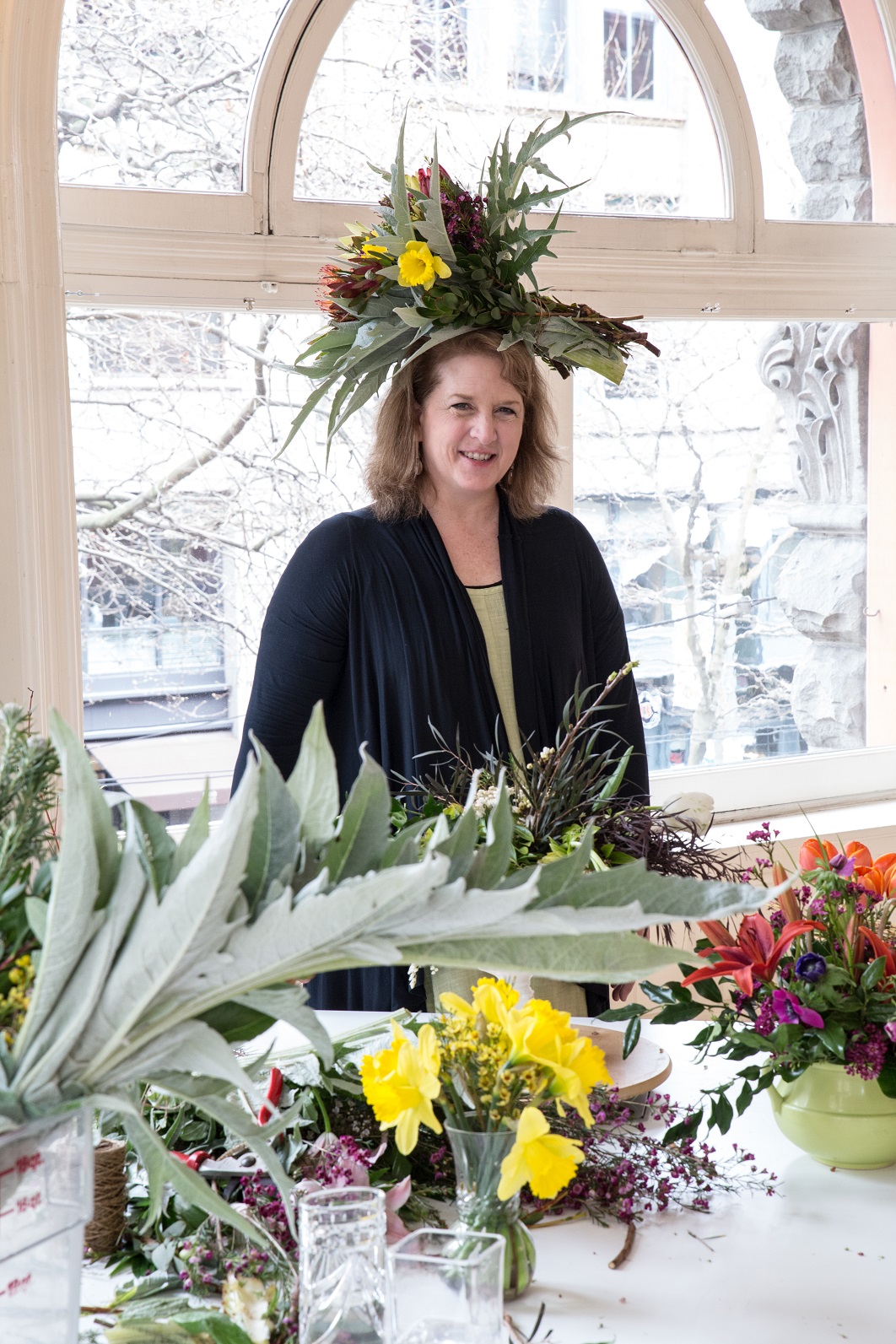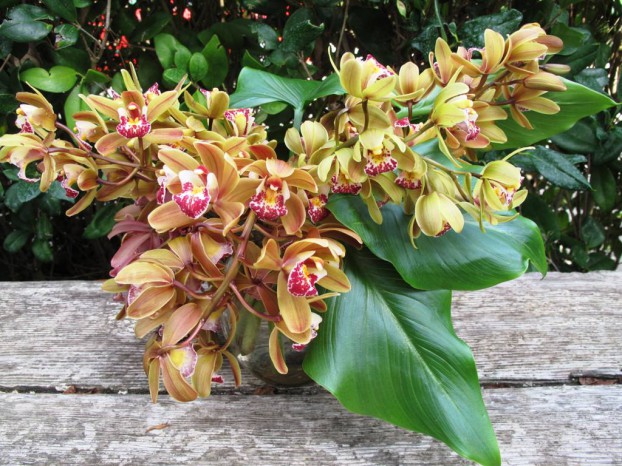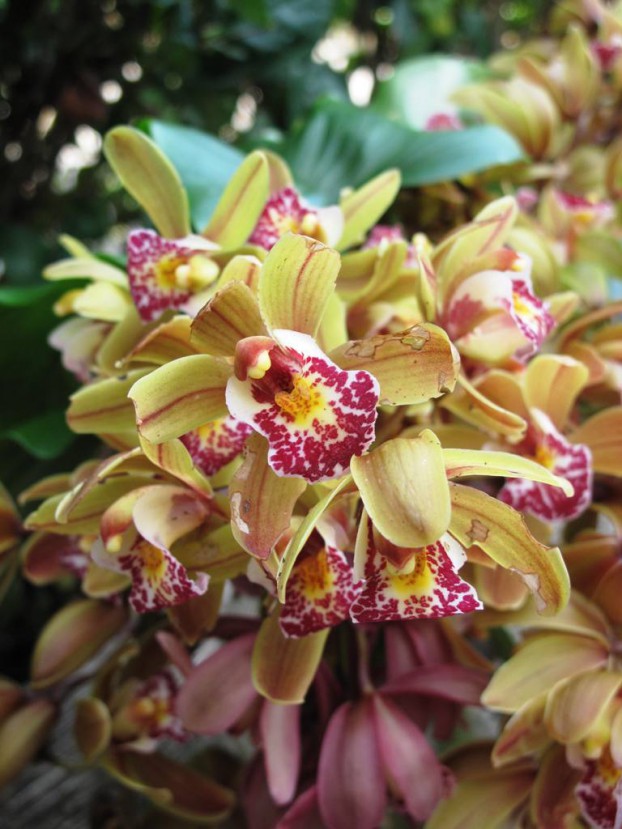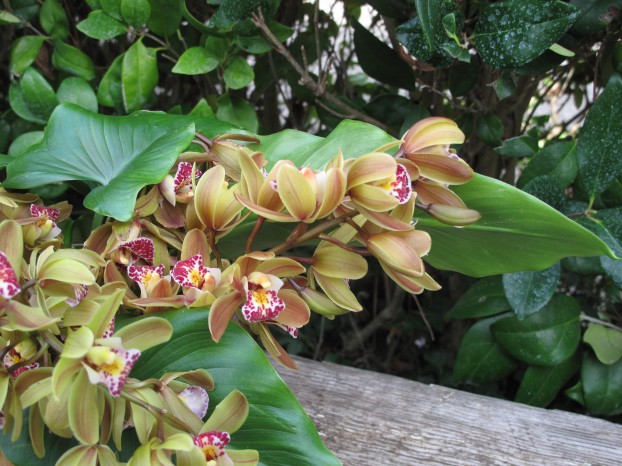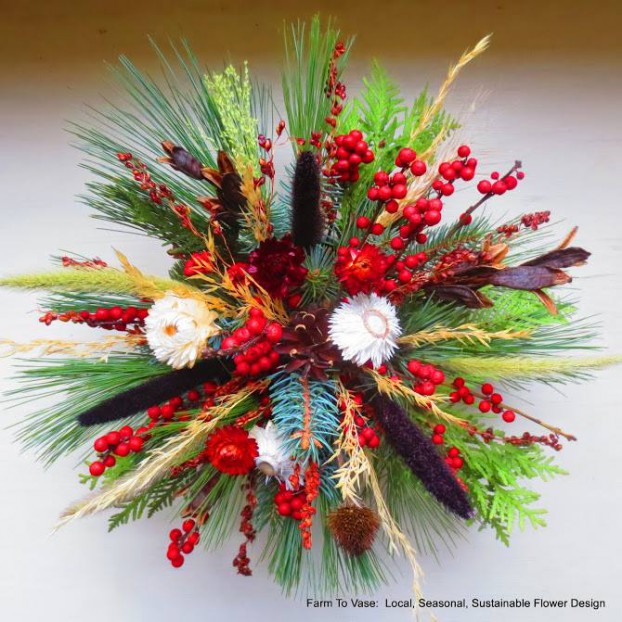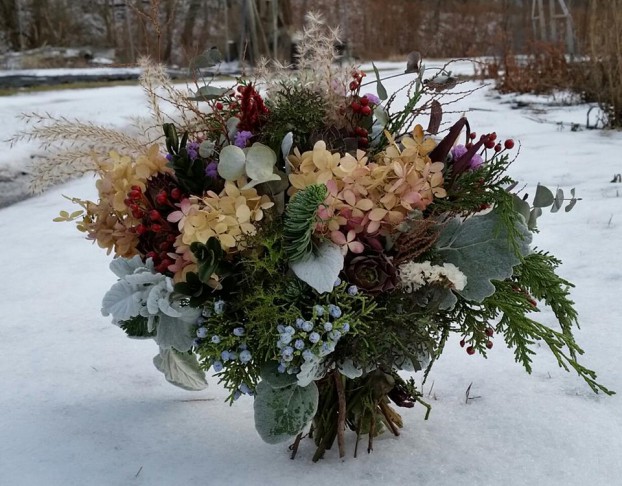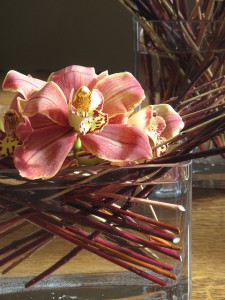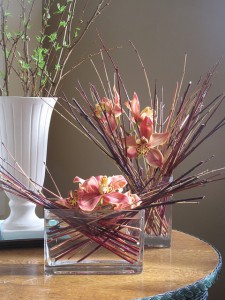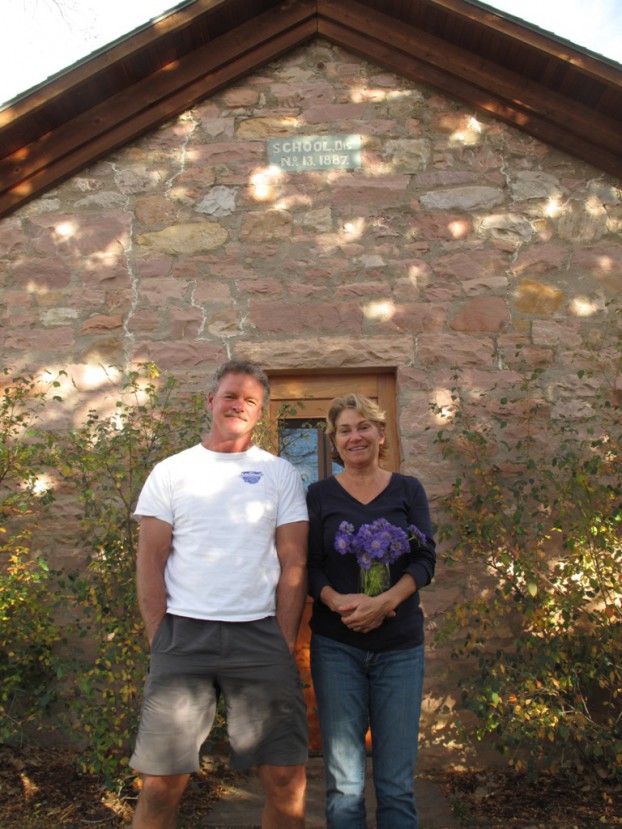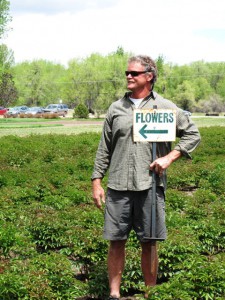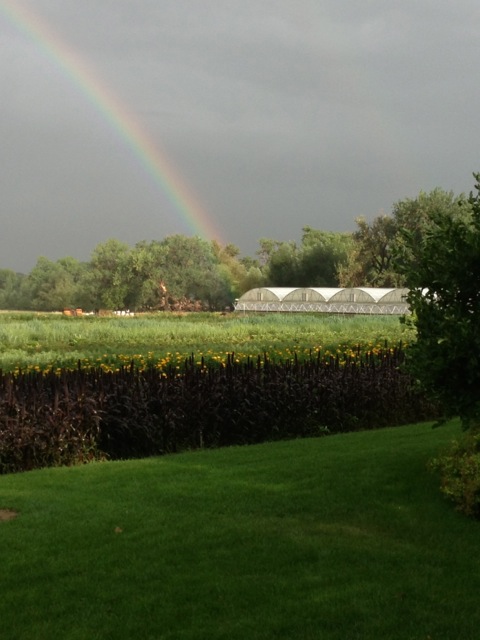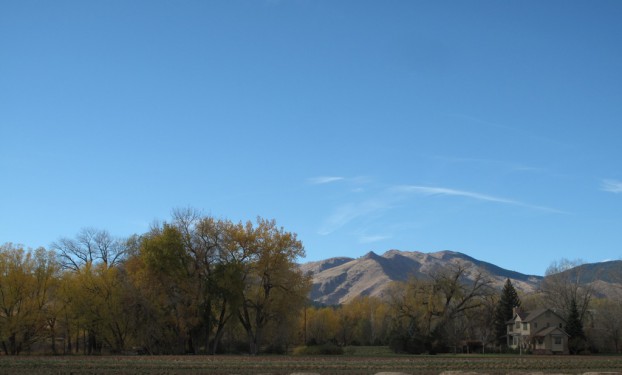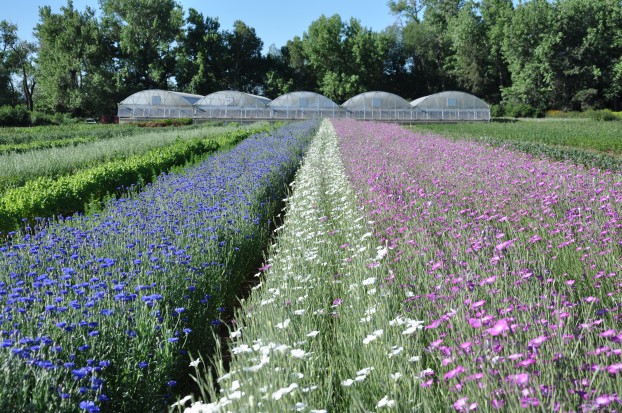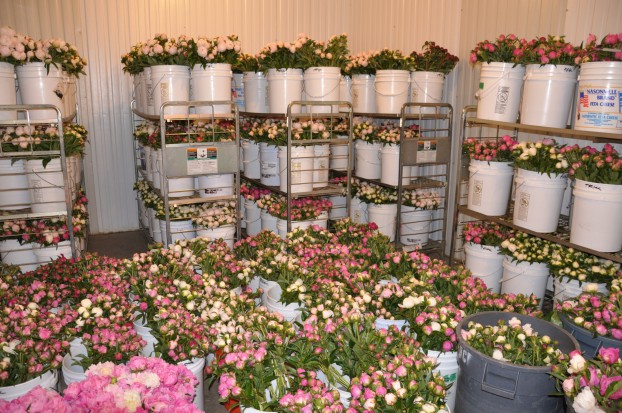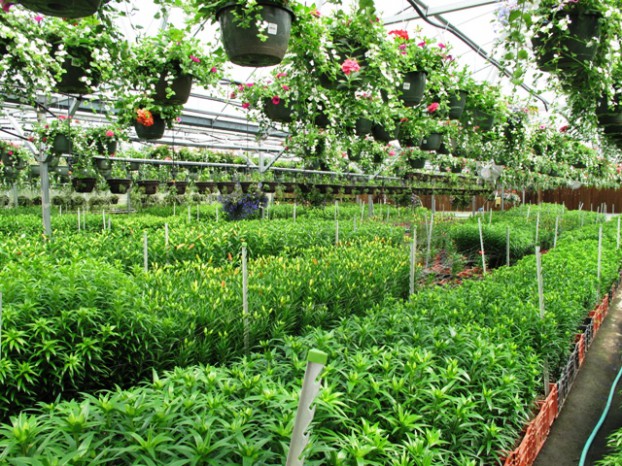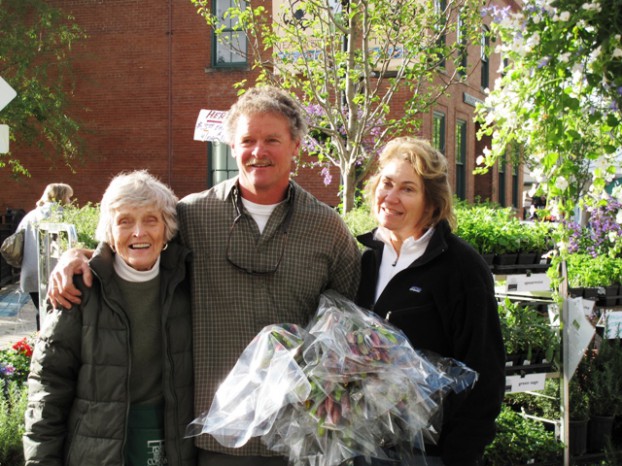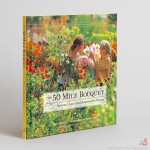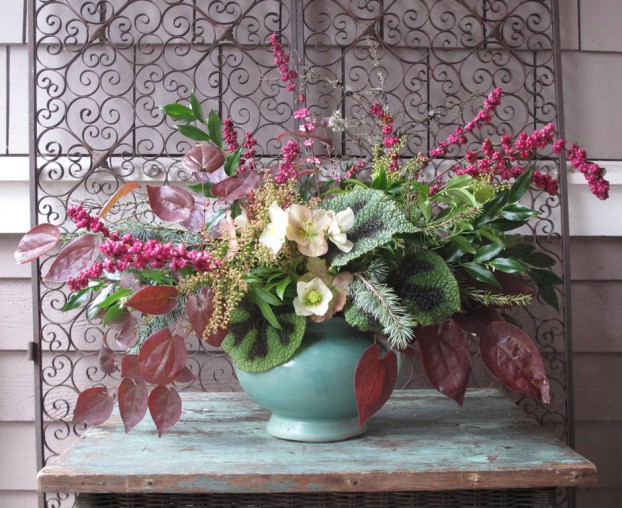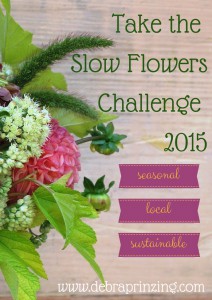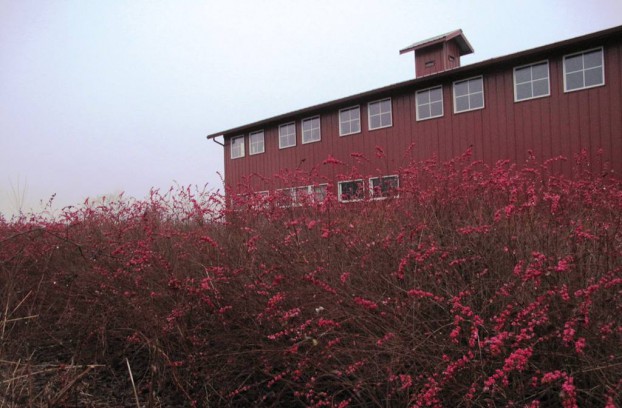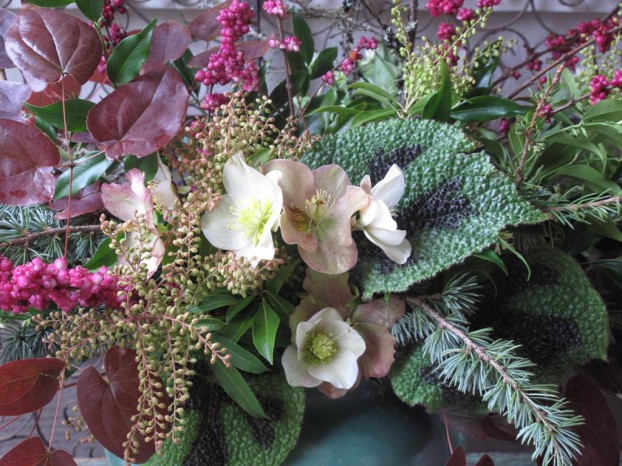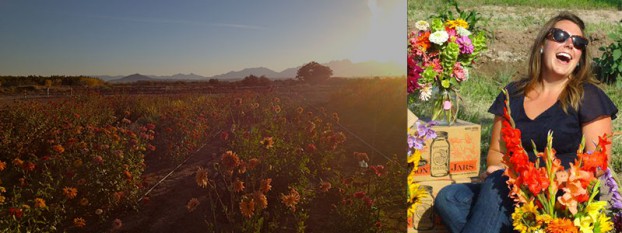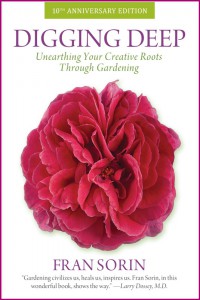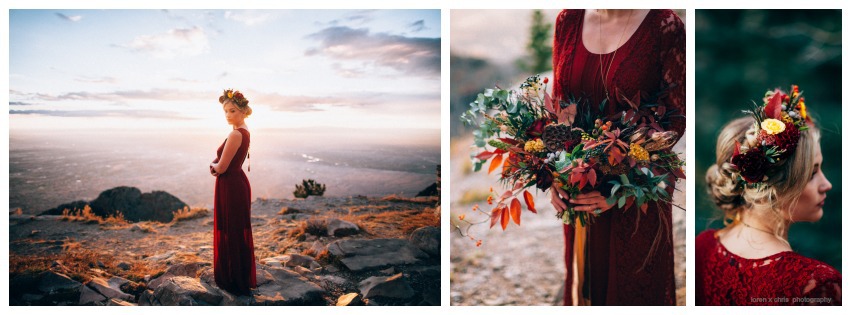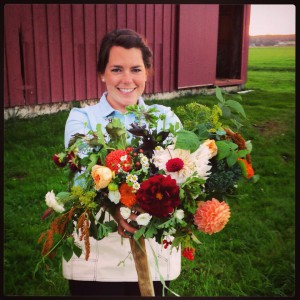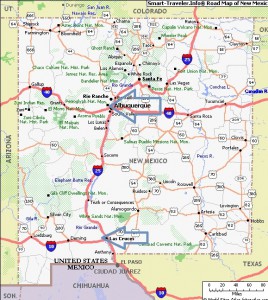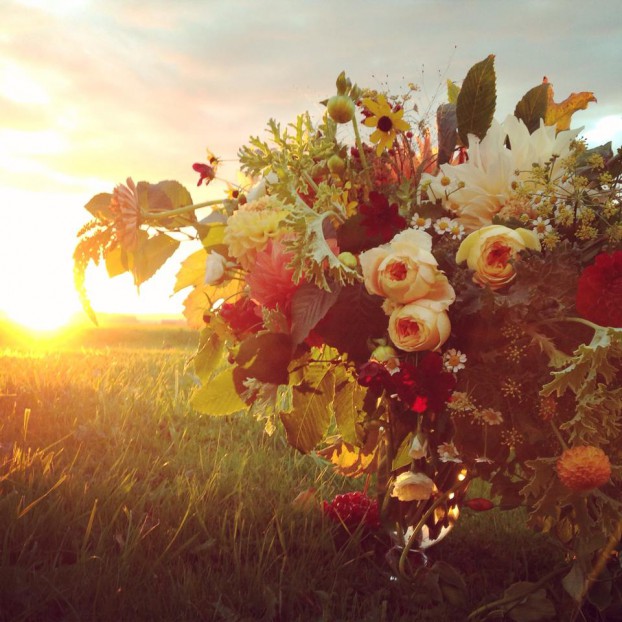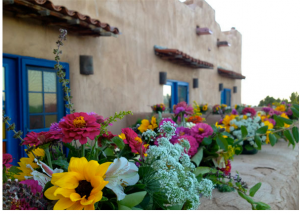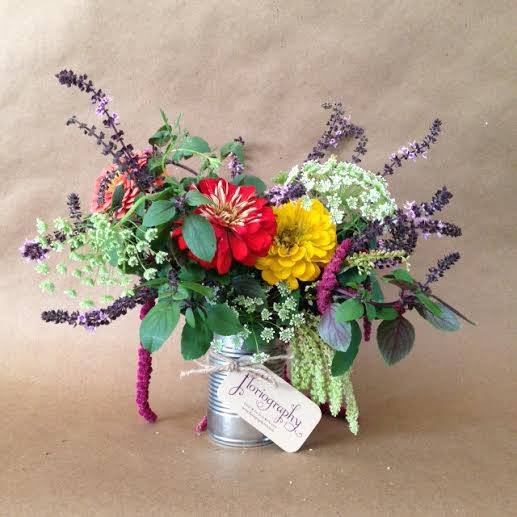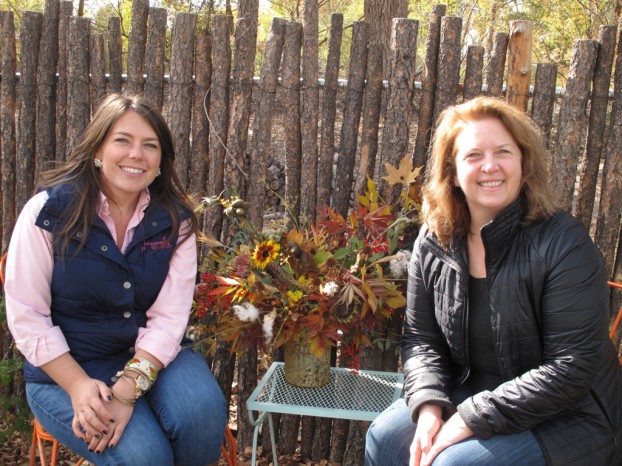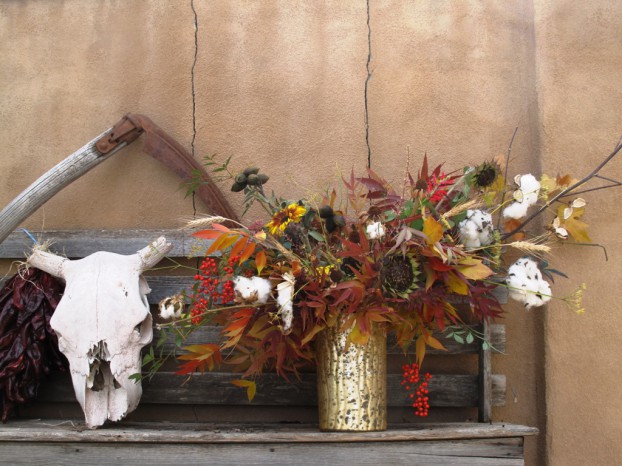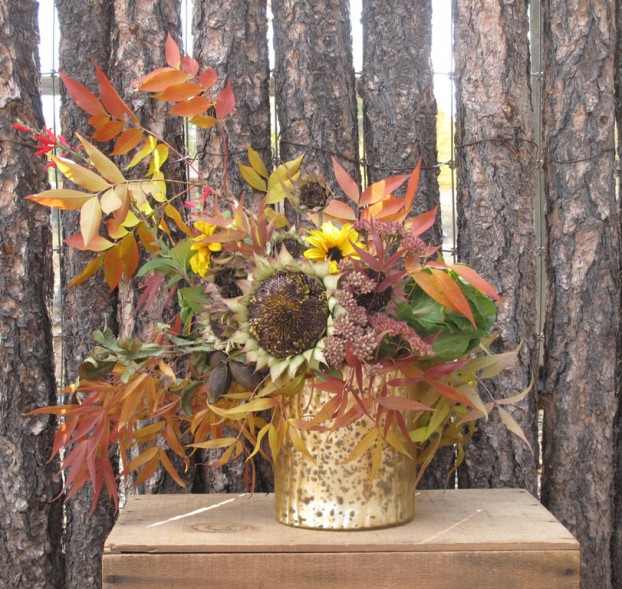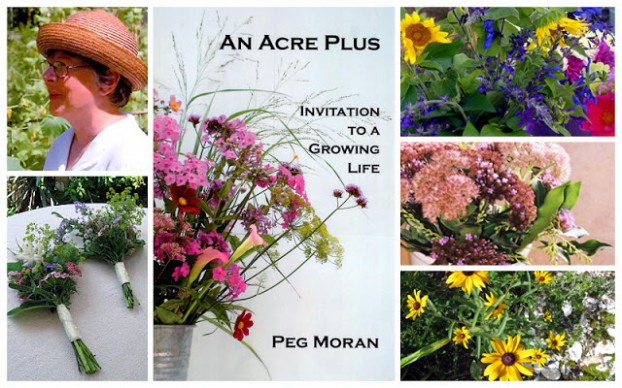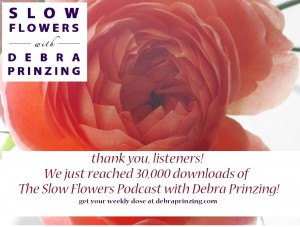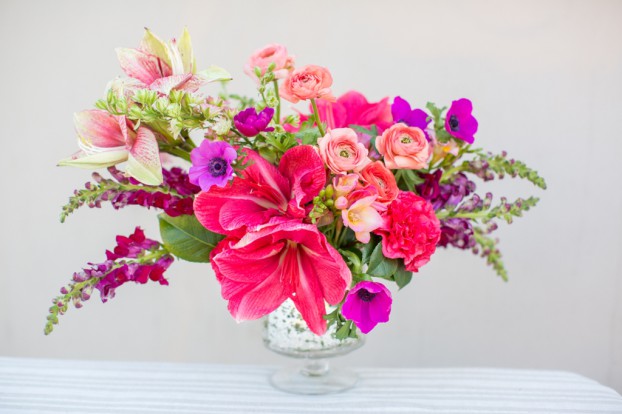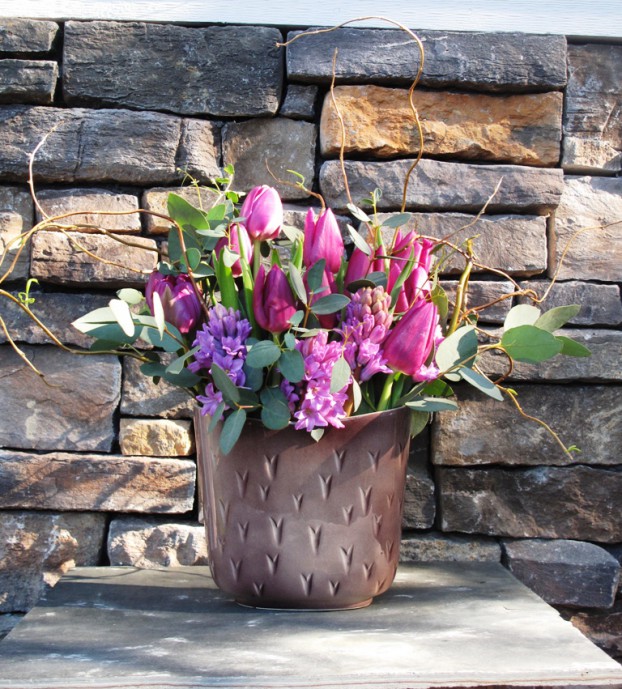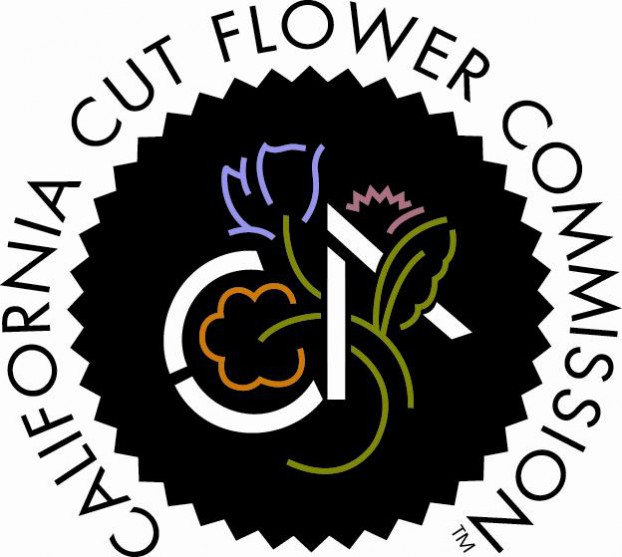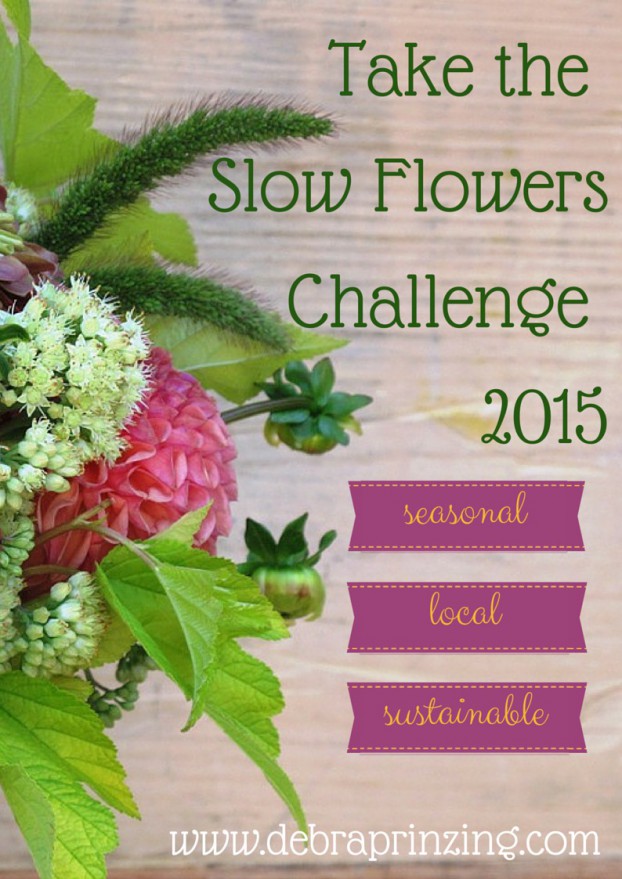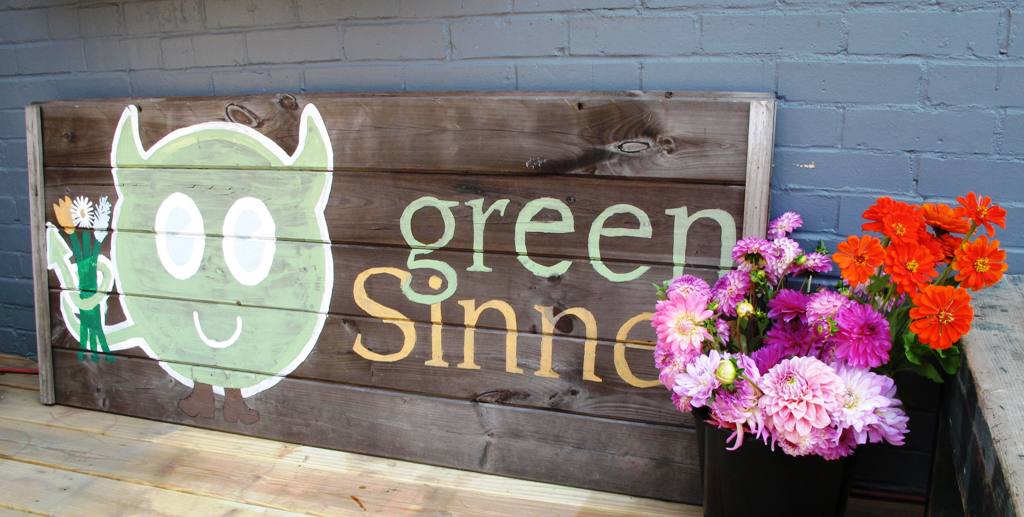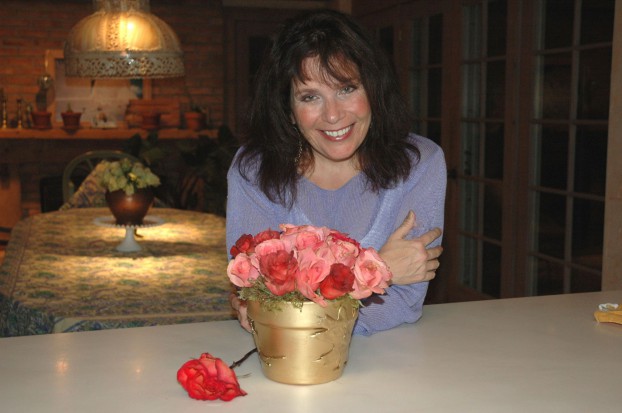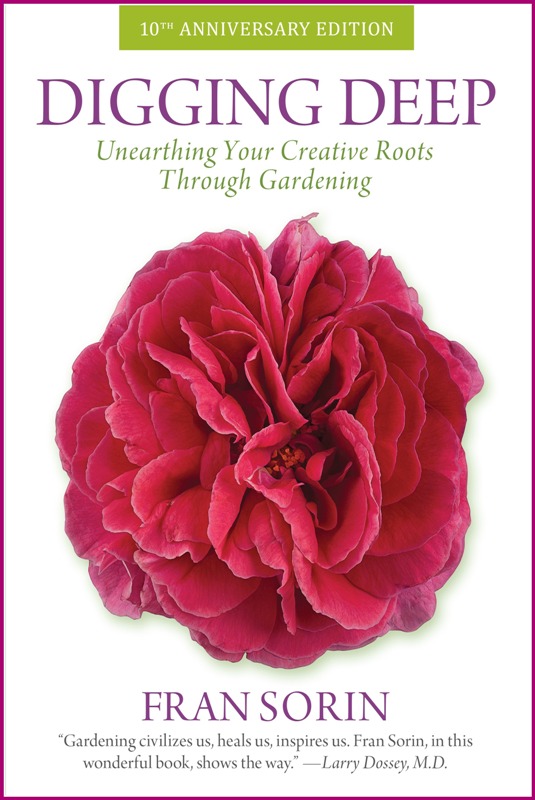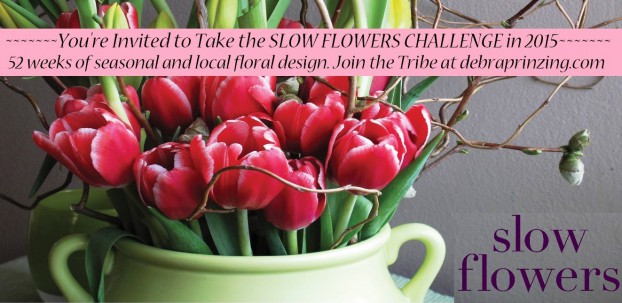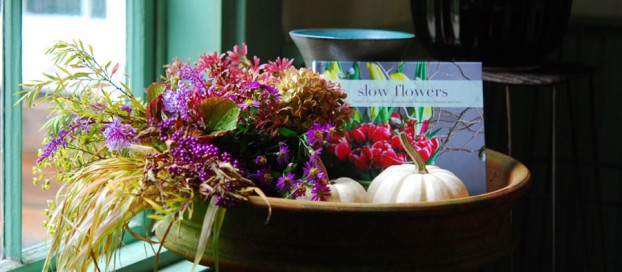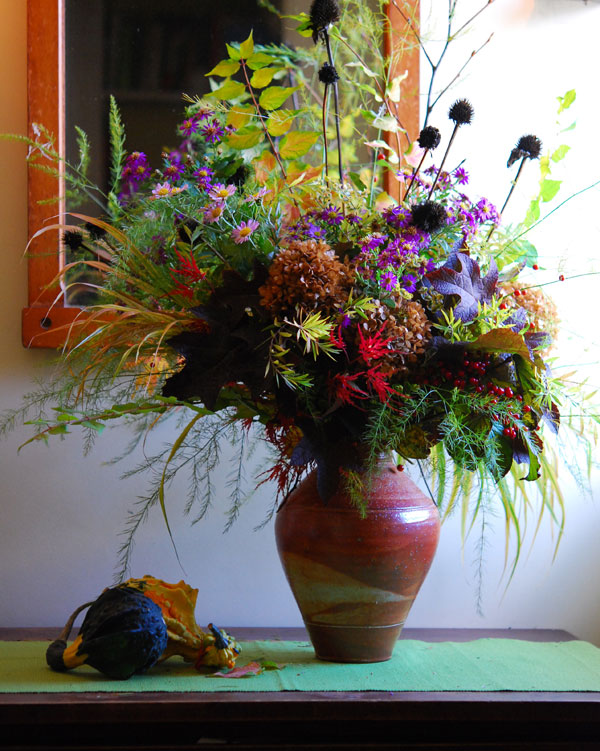Podcast: Play in new window | Download
Subscribe: Apple Podcasts | Podcast Index | RSS | More
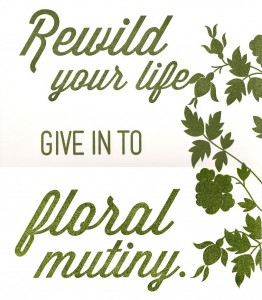 Today I am delighted to introduce the women behind an innovative flower farm/floral design business in Oakland, California called The FloraCultural Society.
Today I am delighted to introduce the women behind an innovative flower farm/floral design business in Oakland, California called The FloraCultural Society.
Anna Campbell, who owns the venture with her mother Linda Davis, has an extensive career in horticulture, agriculture, floral design, editorial and retail.
She freely admits during our conversation how no matter what she pursued professionally, flowers have continued to draw her like a bee to nectar. Many of you will understand this “flower fever,” which makes Anna’s story so compelling.
After previous forays into floral retail, Anna developed and launched the current format for The FloraCultural Society — part micro urban flower farm / part flower shop and studio space. She describes the business as “a cut flower farm and retail shop providing plant-based goods, classes and events.”
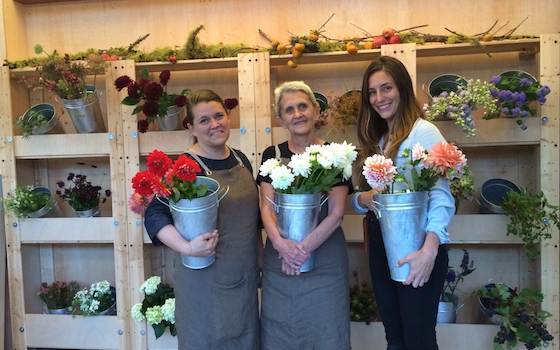
Anna, Linda and Stephanie in the new retail shop on College Ave. in Oakland’s Rockridge Neighborhood.
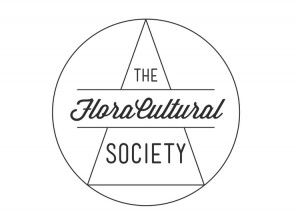 Anna connected with Stephanie Hughes through the local flower farming community in the Bay Area and last year Stephanie joined The FloraCultural Society as Director of Flora and Farm Operations.
Anna connected with Stephanie Hughes through the local flower farming community in the Bay Area and last year Stephanie joined The FloraCultural Society as Director of Flora and Farm Operations.
I’m so pleased that Stephanie’s voice is included in the interview because she’s the one who introduced Anna and me last October, when I was invited to visit the new FloraCultural Society shop in downtown Oakland’s Rockridge neighborhood on College Ave., a stone’s throw from Berkeley.
Stephanie and I originally met last May when we were both part of a bearded iris design workshop taught by Sarah Ryhanen and Nicolette Owen of The Little Flower School.
At the time, Stephanie was still shadowing and apprenticing with flower farmers and floral designers, hoping to find a new career in the Bay Area after escaping from a corporate retail job. And now, she’s working closely with Anna to bring locally-grown flowers to their community!
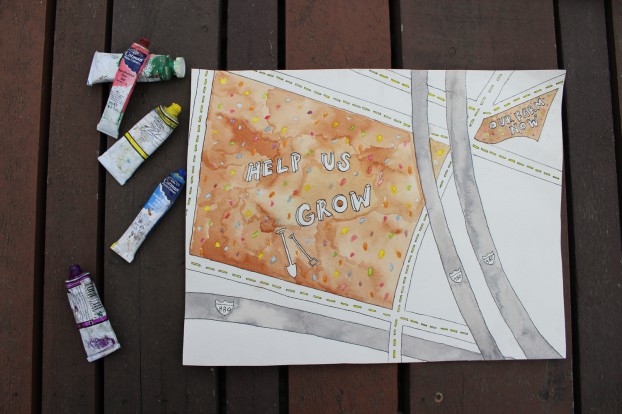
Here’s the artwork for The FloraCultural Society’s upcoming Kickstarter Campaign, a watercolor that depicts the parcel of land they plan to farm that’s super close to a freeway overpass.
I know you’ll enjoy the conversation, so click on the PLAY BUTTON above to listen or download this episode. And I do want to encourage you to check out the new Kickstarter Campaign that Anna and Stephanie and their team will launch on February 7th.
The campaign seeks to raise funds to so the new 2-acre flower farm is off to a good start. If you’re in the neighborhood, stop by between 11 and 3 for light refreshments, sneak previews of the campaign’s rewards and view a screening of the new “Help us Grow” video.
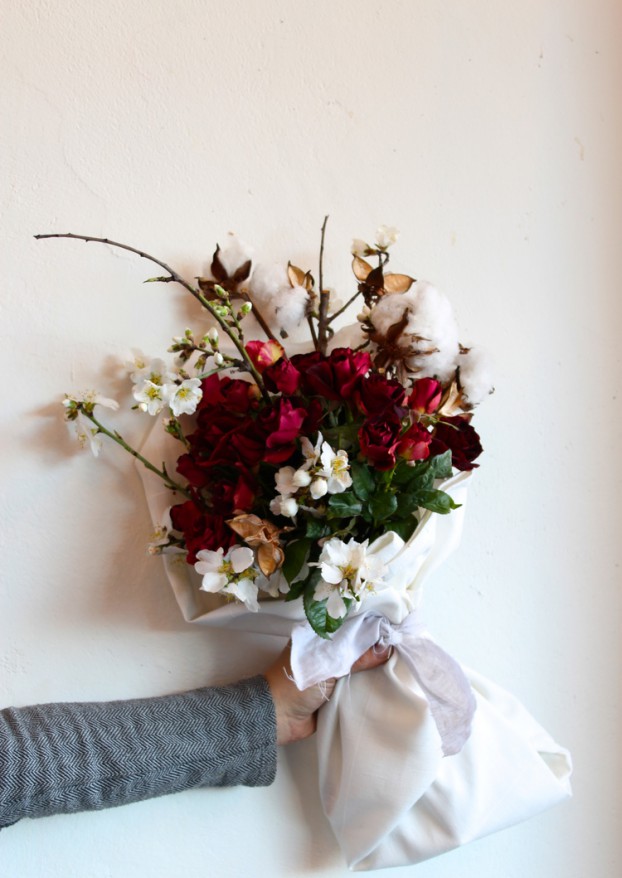
A bouquet called “Flowers to Dye For,” which includes flowers and floral dye. After you purchase the $95 bouquet, you are invited to return to The FloraCultural Society to participate in a post-Valentine’s Day workshop with Sasha Duerr, author of “The Handbook of Natural Plant Dyes.
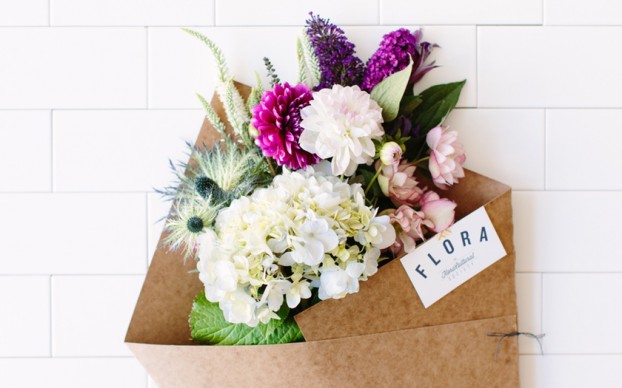
A medium sized bouquet of beautiful floral cuttings in the signature quiver. Twenty percent of the proceeds of this bouquet purchase go towards seed, soil, and supplies for the petite urban farm.
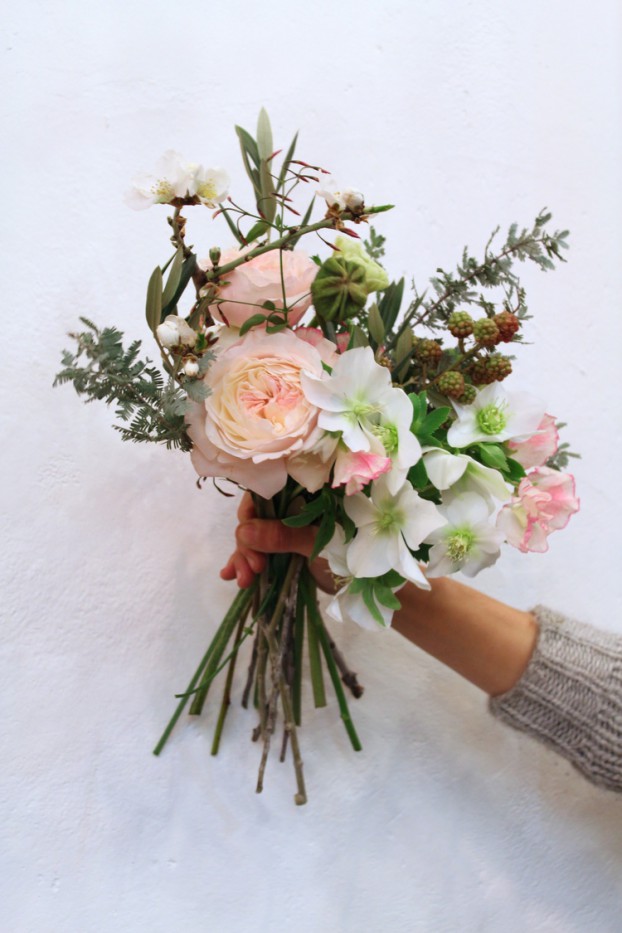
For a brief engagement this Valentine’s Day – A medium sized bouquet of blush garden roses and beautiful, fragrant winter blooms in our signature quiver.
As I mentioned in the talk, Anna wowed me with a gift of a letterpress print that she commissioned for the opening of the new shop on College Avenue. It reads “Rewild Your Life . . . Give in to Floral Mutiny.”
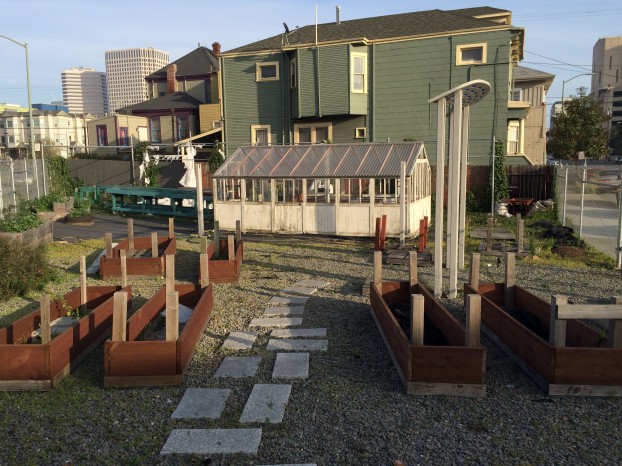
The mini flower farm, located in Oakland on less than 2,500 square feet. It’s ready to be joined by a new 2-acre parcel nearby.
Here’s a little more about the company, from The FloraCultural Society’s web site:
The FloraCultural Society was established in hopes of uniting a network of people interested in the beauty of sustainably grown flowers and plant-based goods. In 2012, we dug into a 2,600 foot plot of land in Old Oakland and began to grow heirloom varieties in the midst of the city. The contrast between the wild organic flowers and the industrialized structure of the city inspired the FloraCultural Society’s tagline… ReWild Your Life.
We are now sourcing from local farms in the Bay Area and have plans of expanding our own farm to 2 acres, giving us the ability to provide you with distinct, heirloom varieties.
In joining our society, it is our hope that you may become connected with your wild side, simplifying the way you indulge. We invite you to take a class with us, Join our CSF (our Community Supported Flowers), try out our plant based skin care lines, and rewild your home with a locally grown arrangement.
The idea of ReWilding is a lovely sentiment that we can all embrace!
ANNOUNCEMENTS:
If you want to get started in or further your knowledge of specialty cut flower farming, or if you’re a designer who wants to strengthen your connections with local flowers, I want to share details of two opportunities coming up. The Association of Specialty Cut Flower Growers is hosting two regional Growers’ Intensives in March.
On March 2nd and 3rd, in Athens, Georgia, attendees will meet and learn from experienced flower farmers including Rita Anders from Cuts of Color in Weimar, Texas whose topic is: “From Seed to Market: A Few of My Most Profitable Flowers.”
Arrive early and attend the informal meet-and-greet on Sunday evening March 1st, hosted by Tanis Clifton of Happy Trails Flower Farm in Dennis, Mississippi, and Mimo Davis of Urban Buds in St. Louis, Missouri.
You’ll also get a chance to visit Three Porch Farm, owned by Steve and Mandy O’Shea in Comer, Georgia, and participate in a bouquet-making session co-led by Mandy (known for her beautiful Moonflower design studio) and Jennie Love of Love ‘n’ Fresh Flowers in Philadelphia — both of whom have been featured in the New York Times. And not to miss, also at Three Porch, a demonstration of veggie oil-powered vehicles and other equipment.
On March 23rd and 24th, a west coast Growers’ Intensive will take place in San Jose, California – and I’ll be there to meet you! You’ll hear from expert presenters, including several past guests of this podcast, including Rita Jo Shoultz of Alaska Perfect Peony, Joan Thorndike of Le Mera Gardens in Ashland, Oregon and Diana Roy of Resendiz Brothers Protea Growers in Fallbrook, California, and others. I’ll be there with my recording equipment and I hope to capture some new voices to share on future Slow Flowers episodes.
There are a few upcoming deadlines to take note of, including the Georgia hotel room block and the San Jose bus tour of local flower farms, both of which expires this Friday, February 6th, so register soon.
Thanks for joining me today. My personal goal is to put more American grown flowers on the table, one vase at a time.
Increasingly, there are passionate people like you who are joining the Slow Flowers movement, the Floral Mutiny as Anna Campbell calls it. You are downloading and listening to the Slow Flowers Podcast more than ever before!
We have exceeded 33,000 downloads to date and every time that figure climbs, I’m encouraged to know more people are learning about the farmers and florists who keeping American-grown flowers flourishing.
I don’t know exactly how to credit our growth, but get this: The Slow Flowers Podcast ended the month of January with more than 4,000 downloads, nearly 1500 individual downloads more than any month prior.
There’s something very good going. More people are entering the flower farming profession in the U.S.; more florists are seeking fresh, seasonal and sustainable sources of American grown flowers with which to create their beautiful designs; and more flower lovers are asking: “where are my flowers grown” and expect transparent labeling of those blooms. Origin does matter when it comes to your flowers.
So I thank you!!! If you like what you hear, please consider logging onto Itunes and posting a listener review.
The Slow Flowers Podcast is engineered and edited by Andrew Wheatley and Hannah Holtgeerts.









